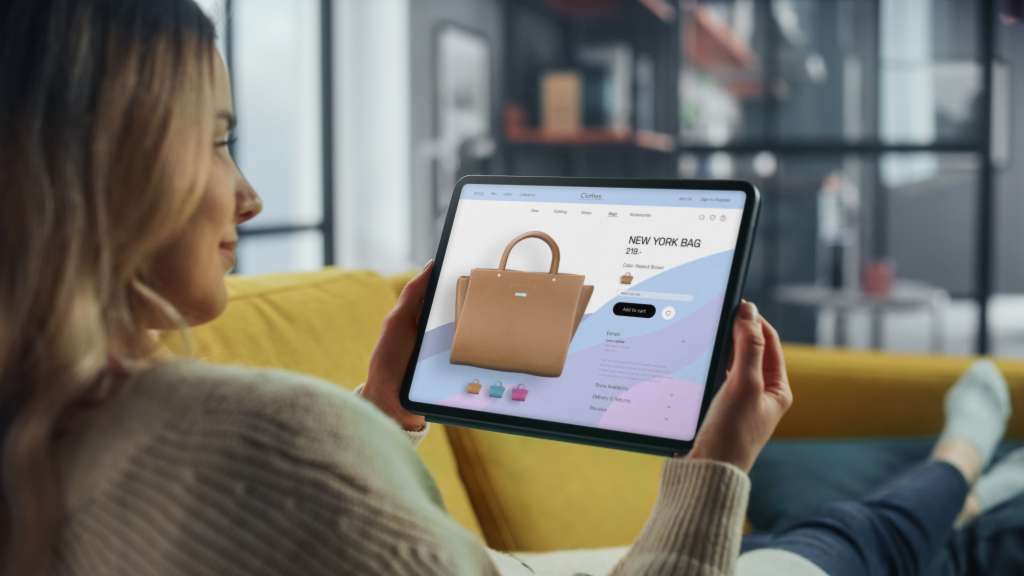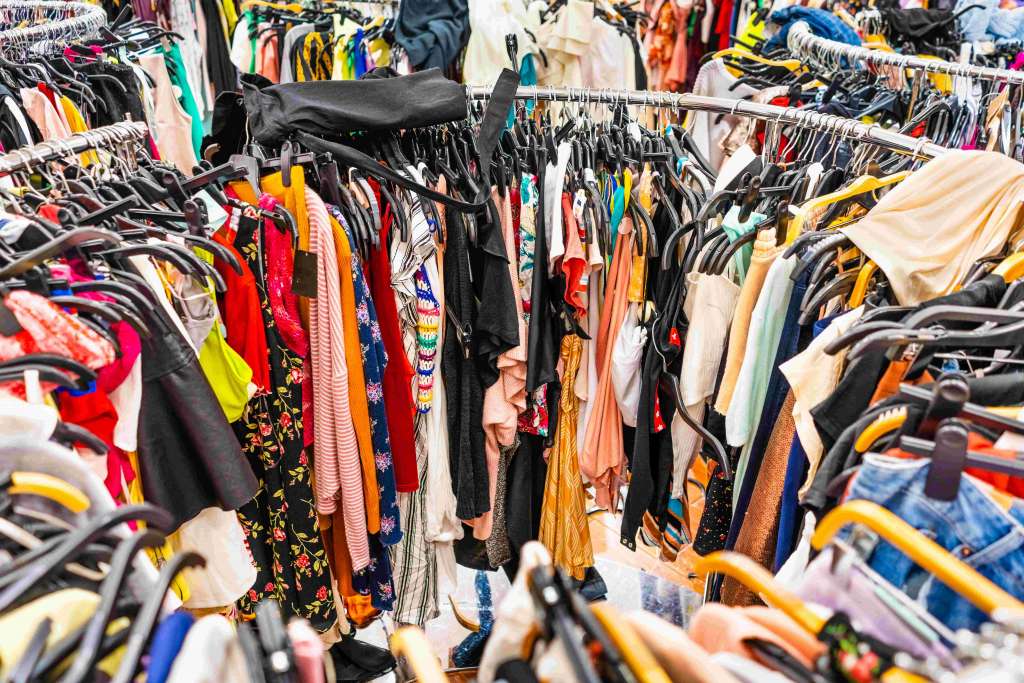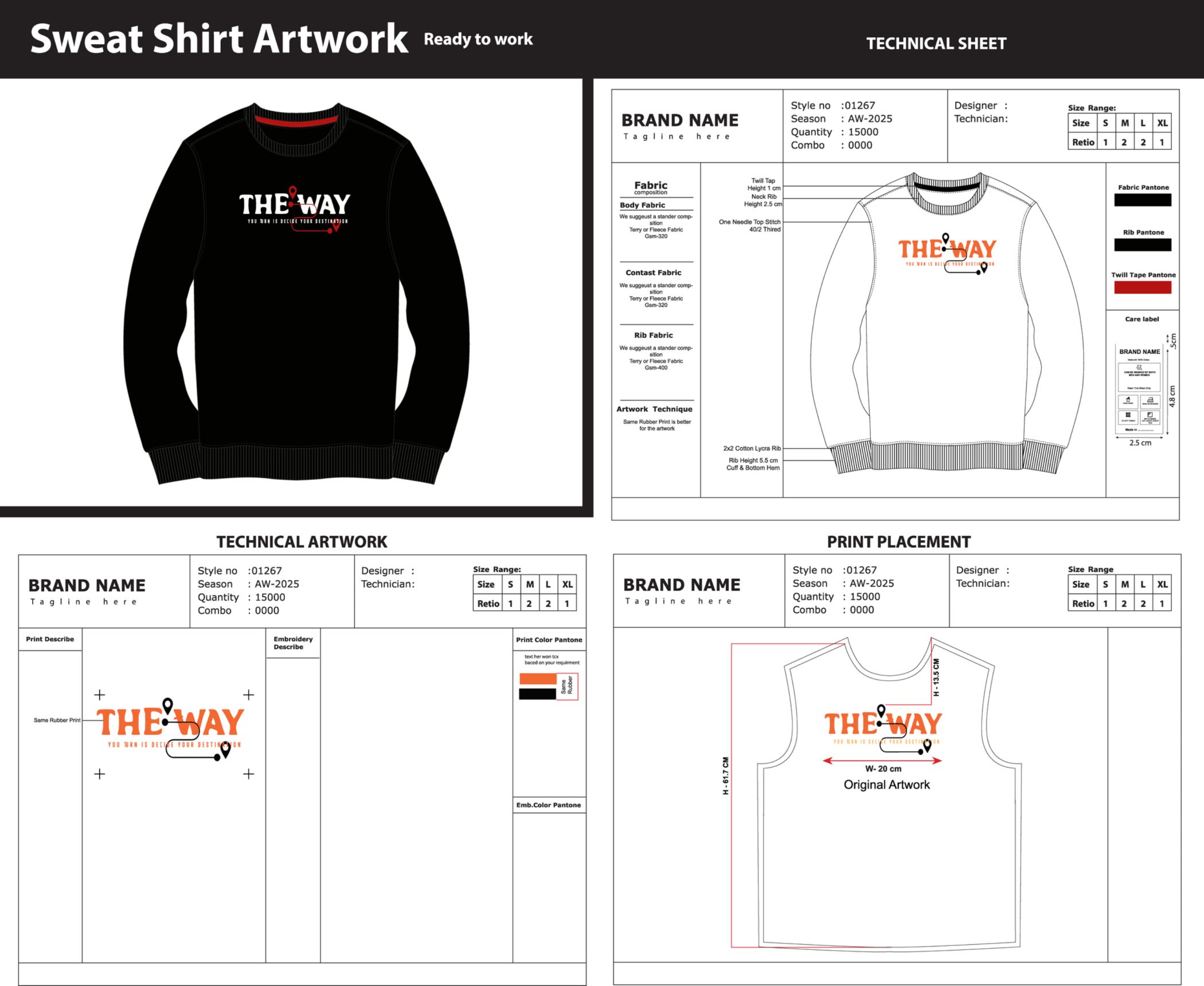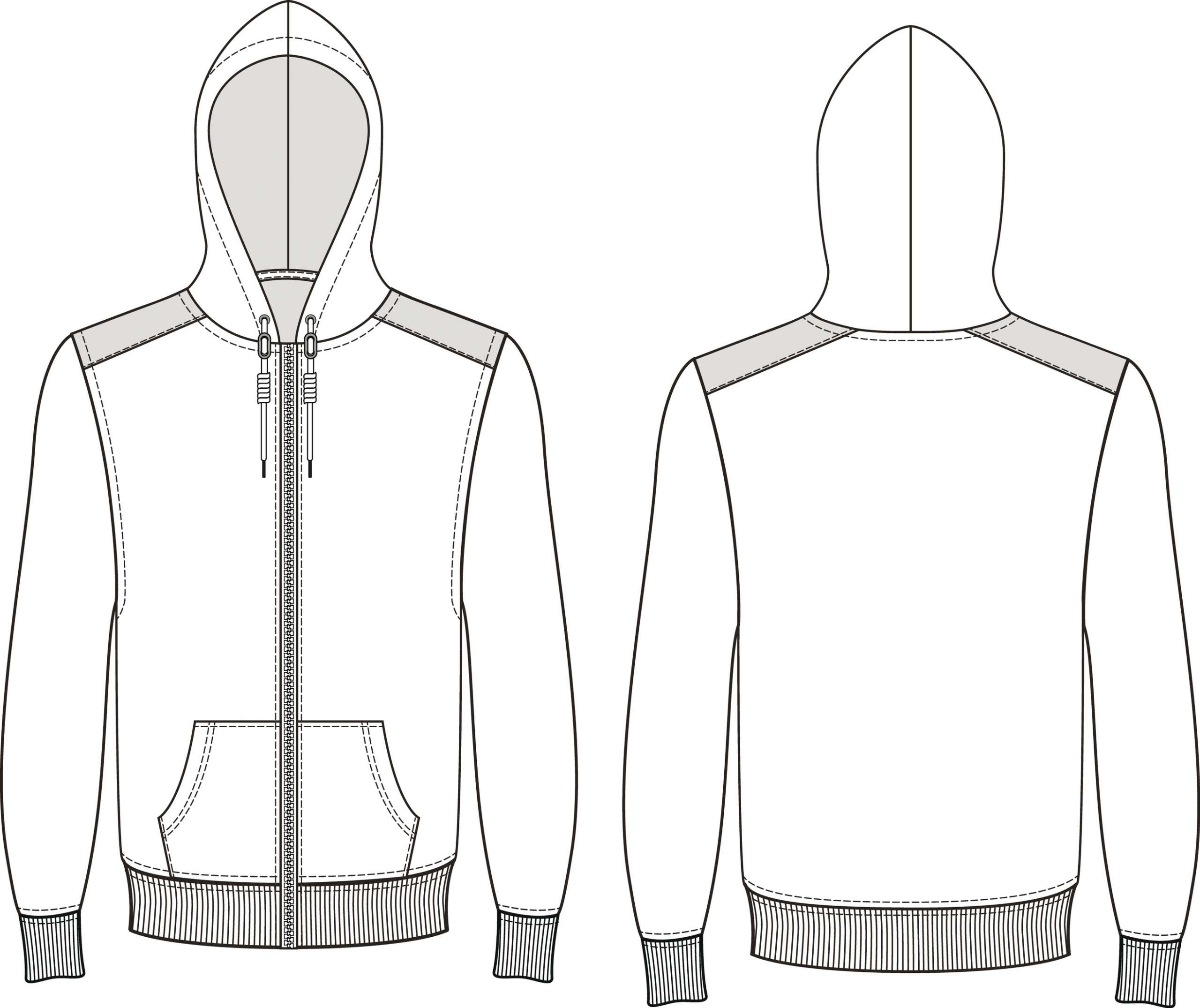The Importance of eCommerce to the 2000s fashion trends



Summary: The fashion trends from the early 2000s are still the go-to styles for fashion labels. One of the main reasons behind the immense popularity of 2000s trends even today is eCommerce, which introduced us to fast fashion and brought the latest trends from the designer’s studio and ramps to the doorsteps of the masses.
The internet was opened for commercial enterprise transactions in 1995. Since then, the online retail trade has seen a remarkable jump. As of last year, global eCommerce retailing was valued at USD 13 trillion and is projected to quadruple in sales, crossing USD 50 trillion by 2027. In the 2000s, eCommerce brought several fashionistas, page 3 celebs and retail brands into the mainstream. Amazon, eBay and Alibaba set up shops during this time.
These platforms, along with other online multi-brand retailers, popularised celebrity fashion and fueled the growth of fast fashion. Whether it was the pocketless jeans popularised by Britney Spears' boot-cut pants or Justin Timberlake's trucker hats, these styles saw their clones proliferate and sell like hotcakes on the internet. The availability of online payment options such as credit cards and PayPal pulled customers toward remote shopping.
The Dot-com Bubble
The 2000s were not all hunky dory for online retailers. And eCommerce did not exactly start with a bang. It was more of a whimper. The dot-com bubble started to show signs of distress around the turn of the century. By the year 2000, IPOs were being floated on ideas, with investors rushing to make money in the eCommerce business. Several of these companies had no substantial infrastructure or a sales model. Even the early birds with a sales trail, such as Boo.com, failed. By 2002, the bubble had completely burst, leaving a trail of a bloodbath on the stock market.
Birth of the Digital Brands
There was a silver lining at the end of the bubble when companies like Amazon and eBay consolidated their businesses that were left bruised and scattered. Companies such as Wayfair and Alibaba pushed the pedal, resulting in increased online sales of clothing and fashion brands. eCommerce also played a major role in bringing designer clothes to the masses and spinning global trends out of them. This also fueled the growth of fast fashion in the 2000s.
How eCommerce Powered 2000s Fashion Trends

How is it that 2000s fashion is considered the fallback trend for several fashion brands and design houses? A part of the credit goes to eCommerce, which had just stepped inside the retail scenario and changed the game for fast fashion and designer labels. The exposure, coupled with mass acceptance of the designs, gave 2000s fashion a cult status in the textile and apparel industry. Here is how eCommerce powered the early 2000s outfits.

- Economical and fast fashion: eCommerce was single-handedly responsible for bringing fashion out of the design studios and into the mass market. Fast fashion was largely a result of the 2000s trends finding their way into the hands of online shoppers.
- B2C sales: In the 2000s, fashion brands could widen their net in terms of customer base solely because of eCommerce. With couch shopping, business-to-consumer (B2C) sales skyrocketed, fueling the fashion trends that are still iconic today.
Global outsourcing: eCommerce brought the economics of scale and its advantages to businesses such as Zara and H&M which are the biggest players in fast fashion today. In the 2000s, several brands went global in their procurement for competitive pricing and labor. - Made luxury brands accessible: In the luxury segment, Net-a-Porter was one of the first multi-retail brands to adopt the eCommerce model. Soon after, several designer boutique stores followed suit by platforming with eCommerce retailers to get a competitive edge and increase their turnover. This introduced customers to several luxury brands and their product ranges.

- Celeb couture: The early 2000s outfits are still remembered to this day because of the celeb couture. Remember Britney Spears' pants or Christina Aguilera’s buttoned-navel crop tops and snakeskin pants? And, of course, who can forget Paris with her midriff-highlighting jeans and skirts! They became mass hysteria thanks to eCommerce and cable television at the time!
eCommerce changed the fashion landscape
The first eCommerce transaction was an experimental sale conducted between two universities in 1971. After the opening of the internet for enterprise commerce in 1995, retailers like Amazon and eBay stepped in. Fashion companies and multi-brand stores followed in the 2000s and started selling their merchandise online.
Key Takeaways
- eCommerce was in a nascent stage until the 2000s and was not yet consolidated. In its early stages, the technology was mostly academic, and commercial transactions did not begin until the mid-1990s.
- After the dot-com bubble burst, companies like Amazon, eBay and Alibaba started expanding their online shopping networks with credit cards and online payment gateways such as PayPal.
- With the multi-brand online store Net-a-Porter, luxury retail brands gathered steam, and niche clothing became part of early 2000s trends.
Fashinza can power your eCommerce journey with AI-driven logistics and 24X7 monitoring and tracking of shipments.
If you are looking to connect with highly rated suppliers for online fashion trade connect with us at https://fashinza.com



















